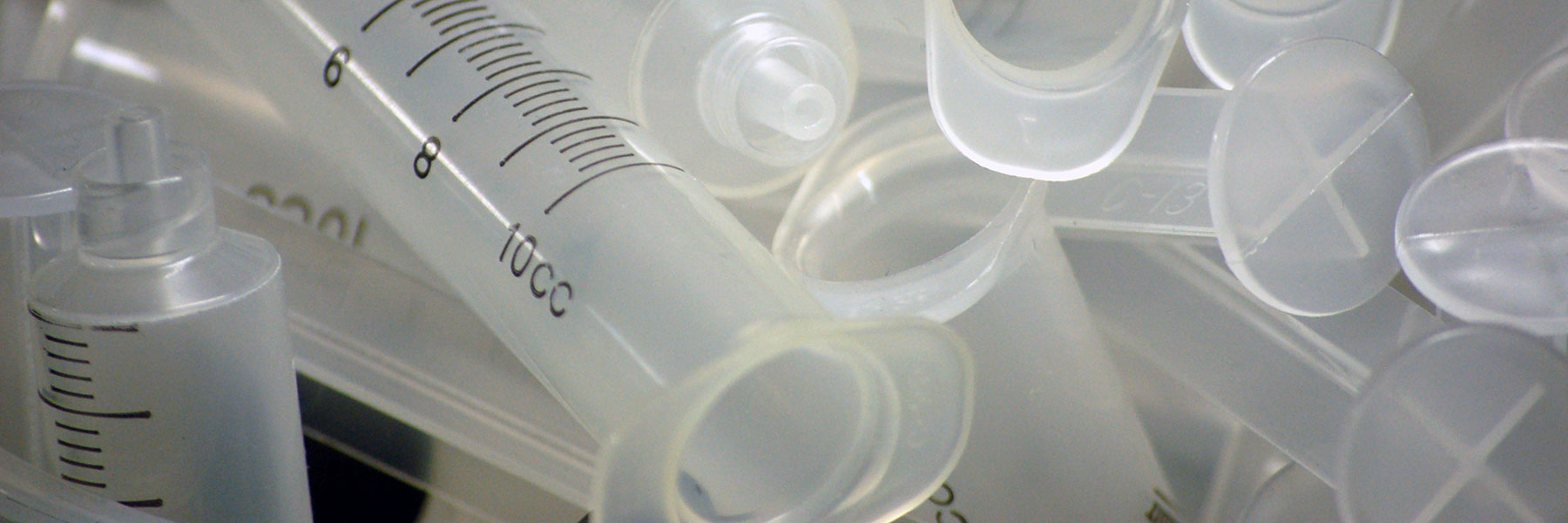Methods for Reference Materials Calibration
The Biogeochemical Laboratories at Indiana University, originally in collaboration with Woods Hole Oceanographic Institution (J. M. Hayes, former director of NOSAMS) and Caltech (A. L. Sessions), began the development of isotope reference materials in 1998. We first established the purity of n-alkanes and n-alkanoic acid esters by GC-MS, followed by multiple off-line measurements of 2H/1H and 13C/12C ratios for each compound. Multiple analyses for each compound were performed via conventional combustion of milligram-amounts of individual compounds in quartz ampoules and cryogenic purification of combustion gases in a vacuum line. Water was converted to elemental hydrogen in contact with uranium, followed by collection of hydrogen gas using a Toepler pump. Gas yields and atomic H/C ratios were routinely monitored manometrically for quality control. Hydrogen and carbon isotopic ratios were determined using Finnigan MAT 252 and Delta Plus XP mass-spectrometers at Indiana University.


